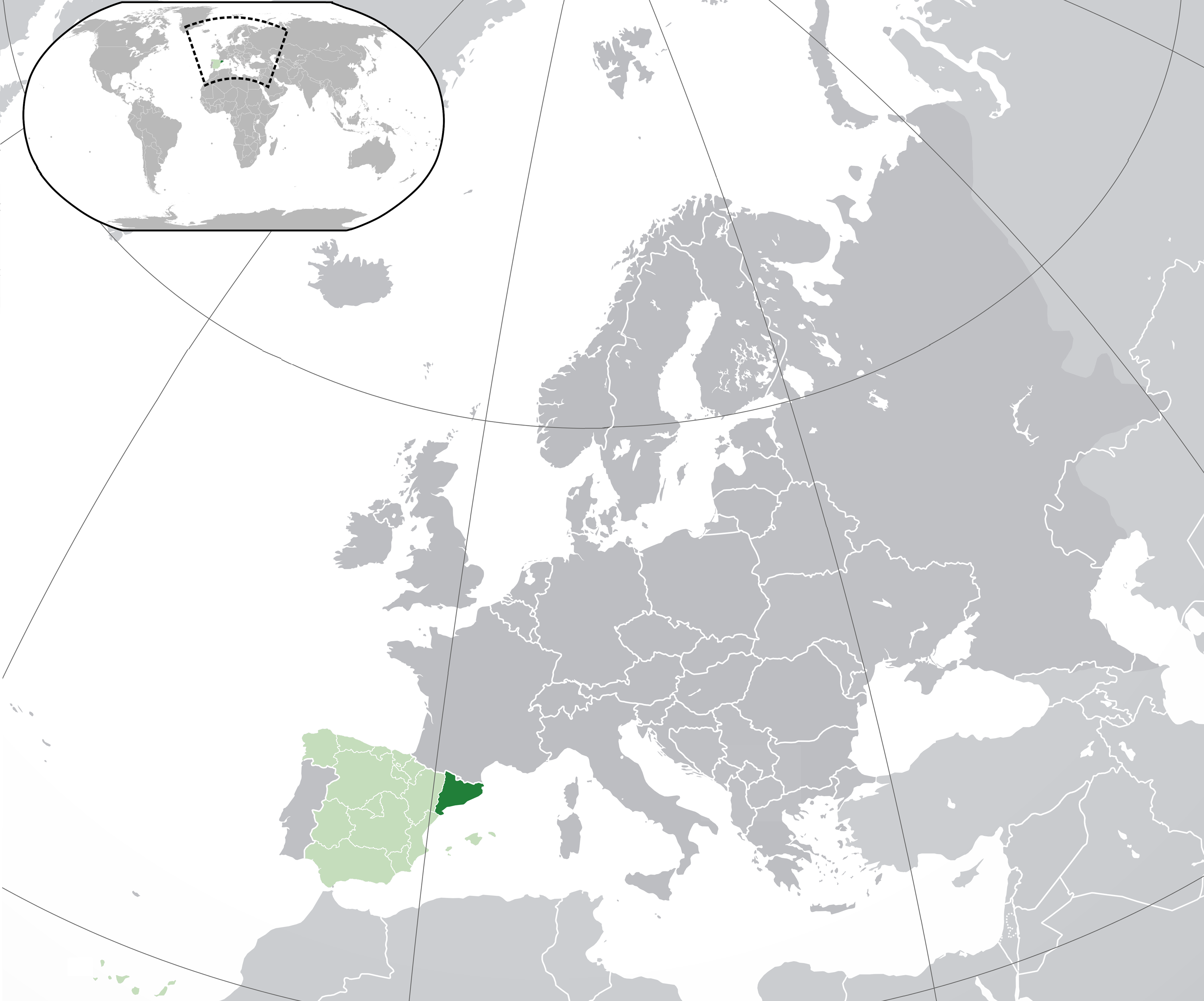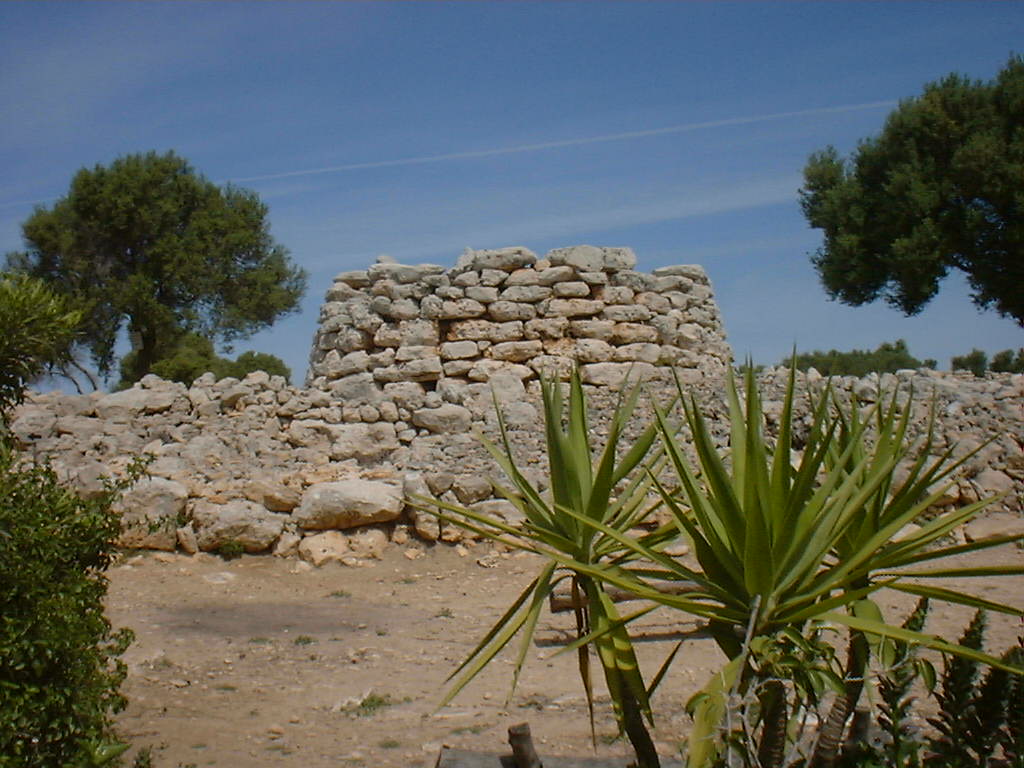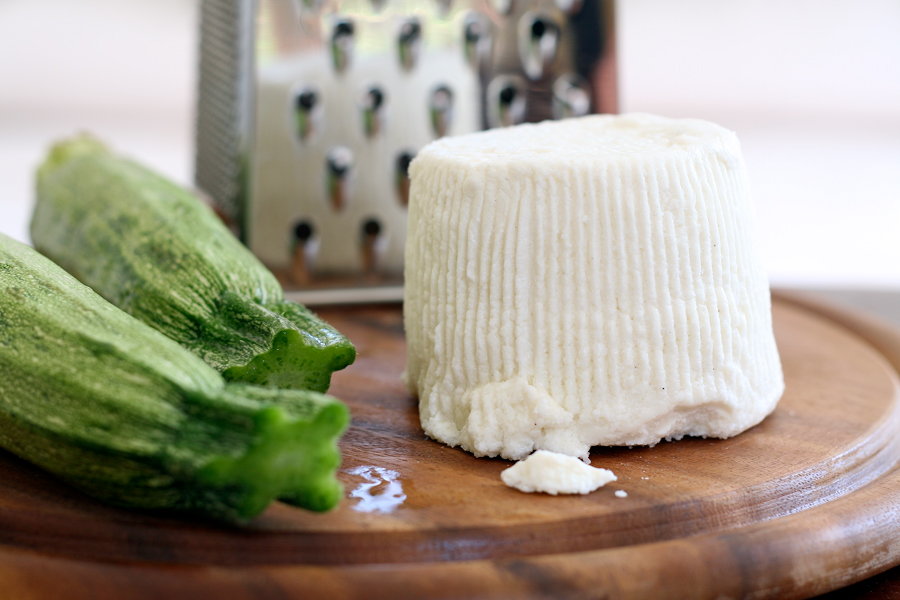|
Brossat
Brossat, or brull in some zones, is a fresh cheese in Catalan cuisine made from whey (''xerigot'') resulting from the making of other cheeses, such as mató, a fresh or aged cheese, from sheep or goats. It's made by heating the whey until the temperatures is almost but not quite boiling, when the insoluble milk proteins and other particles precipitate and can be collected in shape of white flocculi on the surface of the whey. It is not pressed, nor salted or aged, but is shaped with molds or cloths. It is a cheese with very little fat (around 10%) and high in protein. Etymology This product is called brossat in the Pyrenees, Menorca and Mallorca. It's known and marketed as brull, in the mountainous spurs of the Ports de Tortosa-Beseit, to the south of Terres de l'Ebre and in Alt Maestrat. This brull is used to stuff the flaó pastries of Morella. Variants Brossat-like varieties are made in other Mediterranean countries, for example in Occitania it is known as brousse, in ... [...More Info...] [...Related Items...] OR: [Wikipedia] [Google] [Baidu] |
Mató
Mató () is a fresh cheese of Catalonia made from sheep' or goats' milk, with no salt added. It is usually served with honey, as a traditional and emblematic Catalan dessert known as . Description and origin Mató is a whey cheese similar to non-industrial variants of the fresh cheeses known as ''Brull'' in Maestrat, Ports de Beseit and the Southern Terres de l'Ebre and as ''Brossat'' in Andorra, Pallars, Menorca, Mallorca and parts of Occitania, as well as the ''brocciu'' in Corsica and other types of curd cheese such as Italian ricotta. The Mató from the villages near the Montserrat mountain, such as Ullastrell and Marganell,Marganell Town Hall page is quite famous. Mató is mentioned in the , a 14th-century Catalan cookbook, as well as in the '' [...More Info...] [...Related Items...] OR: [Wikipedia] [Google] [Baidu] |
Flaó
Flaó (plural flaons, ) is a cheesecake or tart found in Spanish cuisine popular from Levante. It is claimed by Majorca, Ibiza and Formentera, with some controversy. Traditionally flaons were part of Easter family celebrations in Menorca, but now they are available all year round. In some regions flaons are a type of crescent-shaped pie filled with jam and honey in Calasseit, Tarragona, or some type of cheese, varying according to the location. Honey was used traditionally, but in modern times sweet flaons are usually sweetened with sugar. Historically, the first recorded mention of these cakes is from 1252 and they are mentioned as well in Ramon Llull's book '' Blanquerna'', written in 1283. Variants Alt Maestrat In the Alt Maestrat and Ports areas the cake has a semicircular shape and it is filled with a mixture of local cottage cheese ''( brull)'' and ground almonds flavored with aguardiente and mistela. The flaons of Morella are the gastronomic icon of the ancient ... [...More Info...] [...Related Items...] OR: [Wikipedia] [Google] [Baidu] |
Catalan Cuisine
Catalan cuisine is the cooking traditions and practices from Catalonia. It may also refer to the shared cuisine of Northern Catalonia and Andorra, the second of which has a similar cuisine to that of the neighbouring Alt Urgell and Cerdanya ''comarca, comarques'' and which is often referred to as "Catalan mountain cuisine". It is considered a part of western Mediterranean cuisine. History There are several Catalan language cookbooks from the Middle Ages that are known to modern scholars. The ''Llibre del Coch'' (1520) was one of the most influential cookbooks of Spanish Renaissance, Renaissance Spain. It includes several sauce recipes made with ingredients such as ginger, Mace (spice), mace powder ('), cinnamon, saffron, cloves ('), wine and honey. ''Salsa de pagó'' took its name from the peacock () that it was intended to be served with, but could accompany any type of poultry, and was part of the medieval Christmas dinner#Spain, Christmas meal. ' (or ' as it's called in the ... [...More Info...] [...Related Items...] OR: [Wikipedia] [Google] [Baidu] |
Protein
Proteins are large biomolecules and macromolecules that comprise one or more long chains of amino acid residue (biochemistry), residues. Proteins perform a vast array of functions within organisms, including Enzyme catalysis, catalysing metabolic reactions, DNA replication, Cell signaling, responding to stimuli, providing Cytoskeleton, structure to cells and Fibrous protein, organisms, and Intracellular transport, transporting molecules from one location to another. Proteins differ from one another primarily in their sequence of amino acids, which is dictated by the Nucleic acid sequence, nucleotide sequence of their genes, and which usually results in protein folding into a specific Protein structure, 3D structure that determines its activity. A linear chain of amino acid residues is called a polypeptide. A protein contains at least one long polypeptide. Short polypeptides, containing less than 20–30 residues, are rarely considered to be proteins and are commonly called pep ... [...More Info...] [...Related Items...] OR: [Wikipedia] [Google] [Baidu] |
Pyrenees
The Pyrenees are a mountain range straddling the border of France and Spain. They extend nearly from their union with the Cantabrian Mountains to Cap de Creus on the Mediterranean coast, reaching a maximum elevation of at the peak of Aneto. For the most part, the main crest forms a divide between Spain and France, with the microstate of Andorra sandwiched in between. Historically, the Crown of Aragon and the Kingdom of Navarre extended on both sides of the mountain range. Etymology In Greek mythology, Pyrene is a princess who gave her name to the Pyrenees. The Greek historian Herodotus says Pyrene is the name of a town in Celtic Europe. According to Silius Italicus, she was the virgin daughter of Bebryx, a king in Mediterranean Gaul by whom the hero Hercules was given hospitality during his quest to steal the cattle of Geryon during his famous Labours. Hercules, characteristically drunk and lustful, violates the sacred code of hospitality and rapes his host's ... [...More Info...] [...Related Items...] OR: [Wikipedia] [Google] [Baidu] |
Mallorca
Mallorca, or Majorca, is the largest of the Balearic Islands, which are part of Spain, and the List of islands in the Mediterranean#By area, seventh largest island in the Mediterranean Sea. The capital of the island, Palma, Majorca, Palma, is also the capital of the autonomous communities of Spain, autonomous community of the Balearic Islands. The Balearic Islands have been an autonomous region of Spain since 1983. There are two small islands off the coast of Mallorca: Cabrera, Balearic Islands, Cabrera (southeast of Palma) and Dragonera (west of Palma). The anthem of Mallorca is "La Balanguera". Like the other Balearic Islands of Menorca, Ibiza, and Formentera, the island is a highly popular holiday destination, particularly for tourists from the Netherlands, Republic of Ireland, Ireland, Germany, and the United Kingdom. The international airport, Palma de Mallorca Airport, is one of the busiest in Spain; it was used by 28 million passengers in 2017, with use increasing ever ... [...More Info...] [...Related Items...] OR: [Wikipedia] [Google] [Baidu] |
Ports De Tortosa-Beseit
Ports de Tortosa-Beseit (), also known as Ports de Beseit, or simply as Els Ports or Lo Port by locals, is a limestone mountain massif located at the north-eastern end of the Sistema Ibérico, a complex system of mountain ranges and massifs in the centre of the Iberian Peninsula. Its highest point is Mont Caro, 1,441 m. Rivers such as the Matarranya and the Cenia have their source in these mountains. Description At the 1350 m high Tossal dels Tres Reis (Peak of the Three Kings), where the borders of the ancient Kingdoms of Valencia, Catalonia and Aragon meet, there is a cairn marking the meeting point of the ancient three kingdoms of the Crown of Aragon. It is mostly a limestone massif, with many steep cliffs, jagged peaks, deep valleys, shafts and caves. The area is mostly uninhabited except for small villages. These mountains were one of the last redoubts of the Spanish Maquis in the 1940s and 50s. Ecology One of the largest colonies of griffon vultures in Europe, as well ... [...More Info...] [...Related Items...] OR: [Wikipedia] [Google] [Baidu] |
Terres De L'Ebre
Terres de l'Ebre (, in English 'Ebro, Ebre Lands') is the south-westernmost of the eight regions (Vegueria, ''vegueries'') defined by the Regional Plan of Catalonia. It has a population of 182,231 as of 2022, placing it second to last in terms of population. The region includes the ''Comarques of Catalonia, comarques'' of Baix Ebre, Montsià, Terra Alta (comarca), Terra Alta and Ribera d'Ebre. It is located in the lower course of the Ebro, Ebre river, and its northern coastal limit is marked by the Coll de Balaguer, a natural limit with the Camp de Tarragona region. It is a Man and the Biosphere Programme, UNESCO Biosphere Reserve since 2013 being the second territory in Catalonia to be awarded with this recognition, the first one being the Montseny Massif. Its capital, following the law of vegueries, is the city of Tortosa. Demographics See also *Ilercavonia References Geography of Catalonia Functional terr ... [...More Info...] [...Related Items...] OR: [Wikipedia] [Google] [Baidu] |
Alt Maestrat
Alt Maestrat (; ) is a Comarques of the Valencian Community, comarca in the Provinces of Spain, province of Castellón (province), Castellón, Valencian Community, Spain. Municipalities The ''comarca'' of Alt Maestrat is composed of nine municipalities, listed below with their populations at the 2001 and 2011 Censuses, and according to the most recent official estimates (for 1 January 2019): References Alt Maestrat, Comarques of the Valencian Community Geography of the Province of Castellón Maestrazgo {{Valencia-geo-stub ... [...More Info...] [...Related Items...] OR: [Wikipedia] [Google] [Baidu] |
Ricotta
Ricotta () is an Italian whey cheese made from sheep, cow, goat, or Italian water buffalo milk whey left over from the production of other cheeses. Like other whey cheeses, it is made by coagulating the proteins that remain after the casein has been used to make cheese, notably albumin and globulin. Ricotta () protein can be harvested if the whey is first allowed to become more acidic by additional fermentation (by letting it sit for 12–24 hours at room temperature). Then the acidified whey is heated to near boiling. The combination of low pH and high temperature denatures the protein and causes it to flocculate, forming a fine curd. Once cooled, it is separated by passing the liquid through a fine cloth, leaving the curd behind. Ricotta curds are creamy white in appearance, and slightly sweet in taste. The fat content varies depending on the milk used. In this form, it is somewhat similar in texture to some fresh cheese variants, though considerably lighter. It is hi ... [...More Info...] [...Related Items...] OR: [Wikipedia] [Google] [Baidu] |





